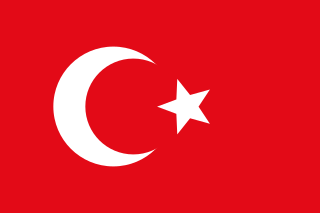 W
WThe Eyalet of Rumeli or Rumelia, also known as the Beylerbeylik of Rumeli, was a first-level province of the Ottoman Empire encompassing most of the Balkans ("Rumelia"). For most of its history it was the largest and most important province of the Empire, containing key cities such as Edirne, Yanina (Ioannina), Sofia, Manastır/Monastir (Bitola), Üsküp (Skopje), and the major seaport of Selanik/Salonica (Thessaloniki).
 W
WThe Vilayet of Adrianople or Vilayet of Edirne was a first-level administrative division (vilayet) of the Ottoman Empire.
 W
WBulgarian Constitutional Clubs was an ethnic Bulgarian political party in the Ottoman Empire, created after the Young Turk Revolution, by members of the Internal Macedonian Adrianople Revolutionary Organization. The party functioned for a little over a year - from September 1908 until November 1909. Its main political rival was the Peoples' Federative Party.
 W
WThe Dr. Petar Beron Bulgarian Men's High School of Addrianople was the first Bulgarian high school in Eastern Thrace. One of the most influential Bulgarian educational centres in Thrace, it was founded in 1891 in Ottoman Adrianople and existed until 1913. Among the initiators, principals and teachers at the high school were noted Bulgarian intellectuals, scientists, and public figures of the Bulgarian revolutionary movement and politics of the early 20th century.
 W
WThe Bulgarian People's Macedonian-Adrianople Revolutionary Organization was a short-lived Bulgarian revolutionary organization from the region of Macedonia. It was created on May 4, 1910 by members of Secret Macedonian-Adrianople Revolutionary Organization's (SMARO) Solun, Strumica and Ser revolutionary regions, excluding the supporters of Yane Sandanski. A statute and a central committee, led by Hristo Chernopeev and Anton Bozukov, were created shortly after. Some of the other more renowned members of the organization were Tane Nikolov, Apostol Petkov, Georgi Zankov and Dimitar Lyapov. After negotiations in Sofia in 1911, BPMARO united with SMARO.
 W
WThe Sanjak of Dedeağaç, originally in 1878–1884 the Sanjak of Dimetoka, was a second-level province (sanjak) of the Ottoman Empire in Thrace, forming part of the Adrianople Vilayet. Its capital was Dedeağaç, modern Alexandroupoli in Greece.
 W
WEastern Rumelia was an autonomous territory in the Ottoman Empire, created in 1878 by the Treaty of Berlin and de facto ended in 1885, when it was united with the Principality of Bulgaria, also under Ottoman suzerainty. It continued to be an Ottoman province de jure until 1908, when Bulgaria declared independence.
 W
WThe Sanjak of Gelibolu or Gallipoli was a second-level Ottoman province encompassing the Gallipoli Peninsula and a portion of southern Thrace. Gelibolu was the first Ottoman province in Europe, and for over a century the main base of the Ottoman Navy. Thereafter, and until the 18th century, it served as the seat of the Kapudan Pasha and capital of the Eyalet of the Archipelago.
 W
WThe Sanjak of Gümülcine was a second-level province (sanjak) of the Ottoman Empire in Thrace, forming part of the Adrianople Vilayet. Its capital was Gümülcine, modern Komotini in Greece.
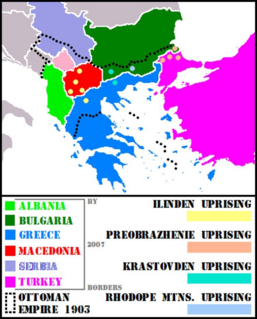 W
WThe Ilinden–Preobrazhenie Uprising, or simply the Ilinden Uprising of August 1903, was an organized revolt against the Ottoman Empire, which was prepared and carried out by the Internal Macedonian-Adrianople Revolutionary Organization. The name of the uprising refers to Ilinden, a name for Elijah's day, and to Preobrazhenie which means Transfiguration. The revolt lasted from the beginning of August to the middle of October and covered a vast territory from the eastern Black Sea coast to the shores of Lake Ohrid.
 W
WThe Macedonian-Adrianopolitan Volunteer Corps was a volunteer corps of the Bulgarian Army during the Balkan Wars. It was formed on 23 September 1912 and consisted of Bulgarian volunteers from Macedonia and Thrace, regions still under Ottoman rule, and thus not subject to Bulgarian military service.
 W
WAdrianople, a major Byzantine city in Thrace, was conquered by the Ottomans sometime in the 1360s, and eventually became the Ottoman capital, until the Fall of Constantinople in 1453.
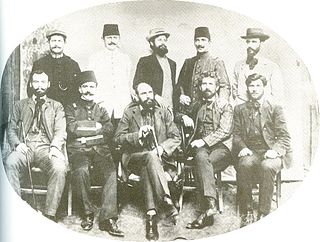 W
WThe People's Federative Party was a Bulgarian political party in the Ottoman Empire, created after the Young Turk Revolution, by members of the left wing of the Internal Macedonian Adrianople Revolutionary Organization (IMARO). The party functioned for one year from August 1909 until August 1910. The Party decided to name itself Bulgarian Section, since it was hoped that other nationalities from European Turkey would adopt its program and form their own ethnic sections, but this didn't happen. Its main political rival was the Union of the Bulgarian Constitutional Clubs.
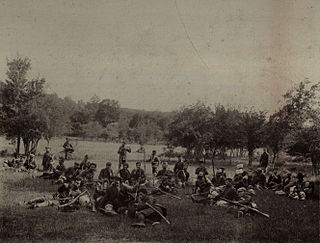 W
WPetrova Niva is a historic area in the Strandzha mountains of southeastern Bulgaria where, between 11 and 13 July 1903, a group of Bulgarian Internal Macedonian-Adrianople Revolutionary Organization (IMARO) delegates announced the outbreak of an anti-Ottoman uprising aimed at liberating southern Thrace from Ottoman rule and proclaimed the Strandzha Republic.
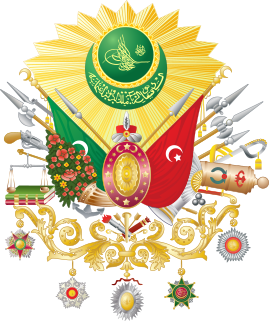 W
WThe Second Constitutional Era of the Ottoman Empire established shortly after the 1908 Young Turk Revolution which forced Sultan Abdul Hamid II to restore the constitutional monarchy by the revival of the Ottoman Parliament, the General Assembly of the Ottoman Empire and the restoration of the constitution of 1876. The parliament and the constitution of the First Constitutional Era (1876–1878) had been suspended by Abdul Hamid in 1878 after only two years of functioning. Whereas the First Constitutional Era had not allowed for political parties, the Young Turks amended the constitution to strengthen the popularly elected Chamber of Deputies at the expense of the unelected Senate and the Sultan's personal powers, and formed and joined many political parties and groups for the first time in the Empire's history.
 W
WThe Strandzha Commune or Strandzha Republic was a short-lived anarchist commune. It was proclaimed during the Preobrazhenie Uprising in 1903 by Internal Macedonian Adrianople Revolutionary Organization rebels in Strandzha, in the Adrianople Vilayet of the Ottoman Empire..
 W
WSupreme Macedonian-Adrianople Committee (SMAC),, also known as Supreme Macedonian Committee was a Bulgarian paramilitary and political organization, active in Bulgaria as well as in Macedonia and Thrace regions of the Ottoman Empire. It was based in Bulgaria from 1895 to 1905. Macedonian Bulgarian and Thracian Bulgarian emigrants in Bulgaria were a great number. Led by Trayko Kitanchev, they formed in 1895 the “Macedonian-Adrianople Organization”, at the head of which was “Supreme Macedonian-Adrianople Revolutionary Committee”. Its official declaration was also a struggle for autonomy of Macedonia and Thrace. At the same time, being impatient for the liberty to come sooner, and strongly convinced that it would come only with the help of the Bulgarian Army. Later they directed their efforts in activities for involving the country into war with the Ottoman Empire as for example during the Supreme Macedonian Committee chetas' action in 1895, and the Gorna Dzhumaya Uprising in 1902. As a rule most of the leaders were with stronger connections with the governments. At the end their main idea was, waging struggle for a direct unification with Bulgaria.
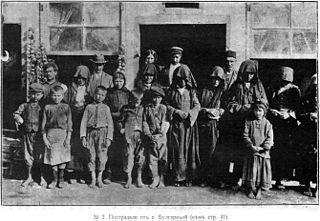 W
WThracians or Thracian Bulgarians are a regional, ethnographic group of ethnic Bulgarians, inhabiting or native to Thrace. Today, the larger part of this population is concentrated in Northern Thrace, but much is spread across the whole of Bulgaria and the diaspora.
 W
WPetko Kiryakov Karakirkov Петко Кирков Каракирков, better known as Captain Petko Voyvoda was a 19th-century Bulgarian hajduk leader and freedom fighter who dedicated his life to the liberation of Bulgaria.
 W
WThe Yeni Mosque is an Ottoman building in the Greek town of Komotini dating back to 1585. It is the only surviving structure in Greece to feature Iznik tiles from the 1580s, the zenith of the Iznik potters' art. The mosque is located in the center of Komotini, adjacent to the Muftiate of Rhodope Prefecture. Next to the Mosque is the Clock Tower and the Ottoman Turkish baths are found in neighboring areas. Ironically, the New Mosque was built before the Old Mosque of 1608.